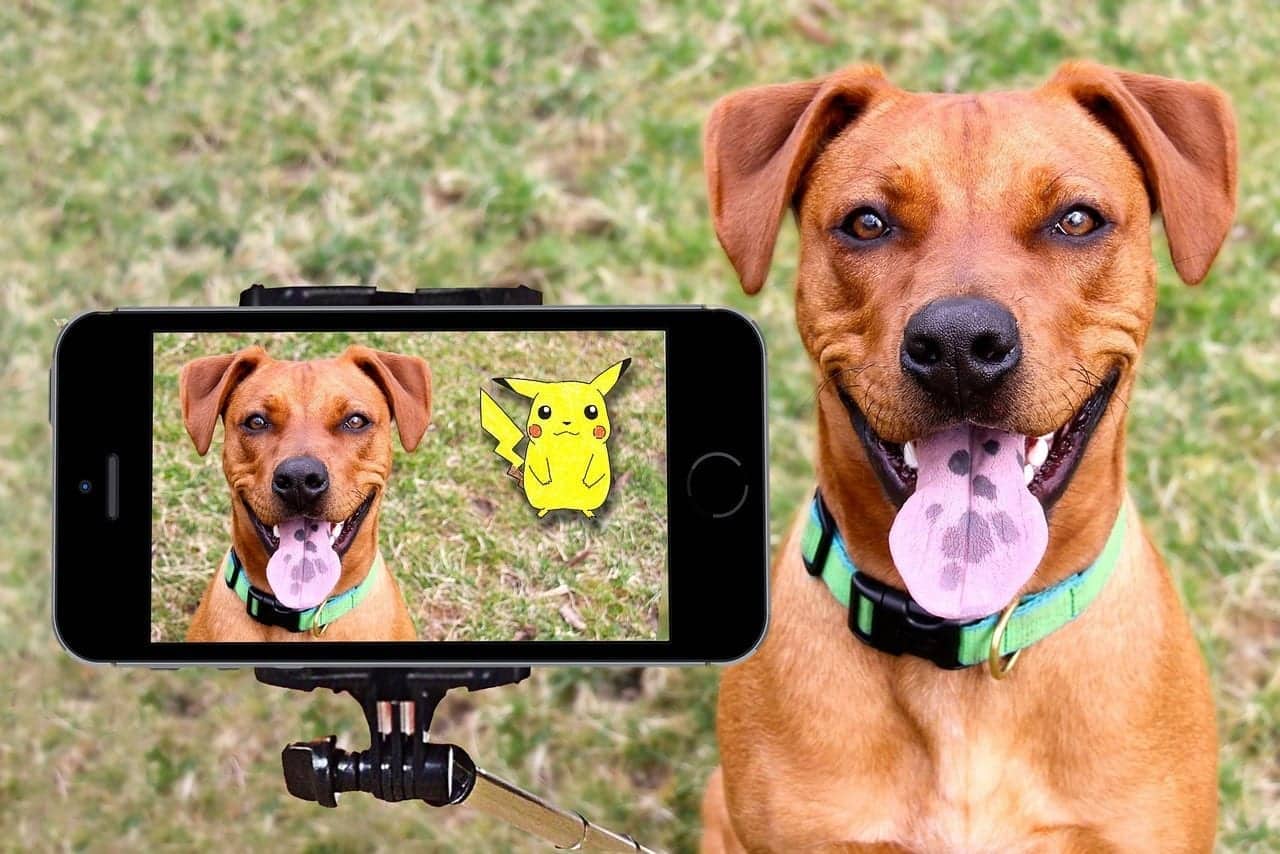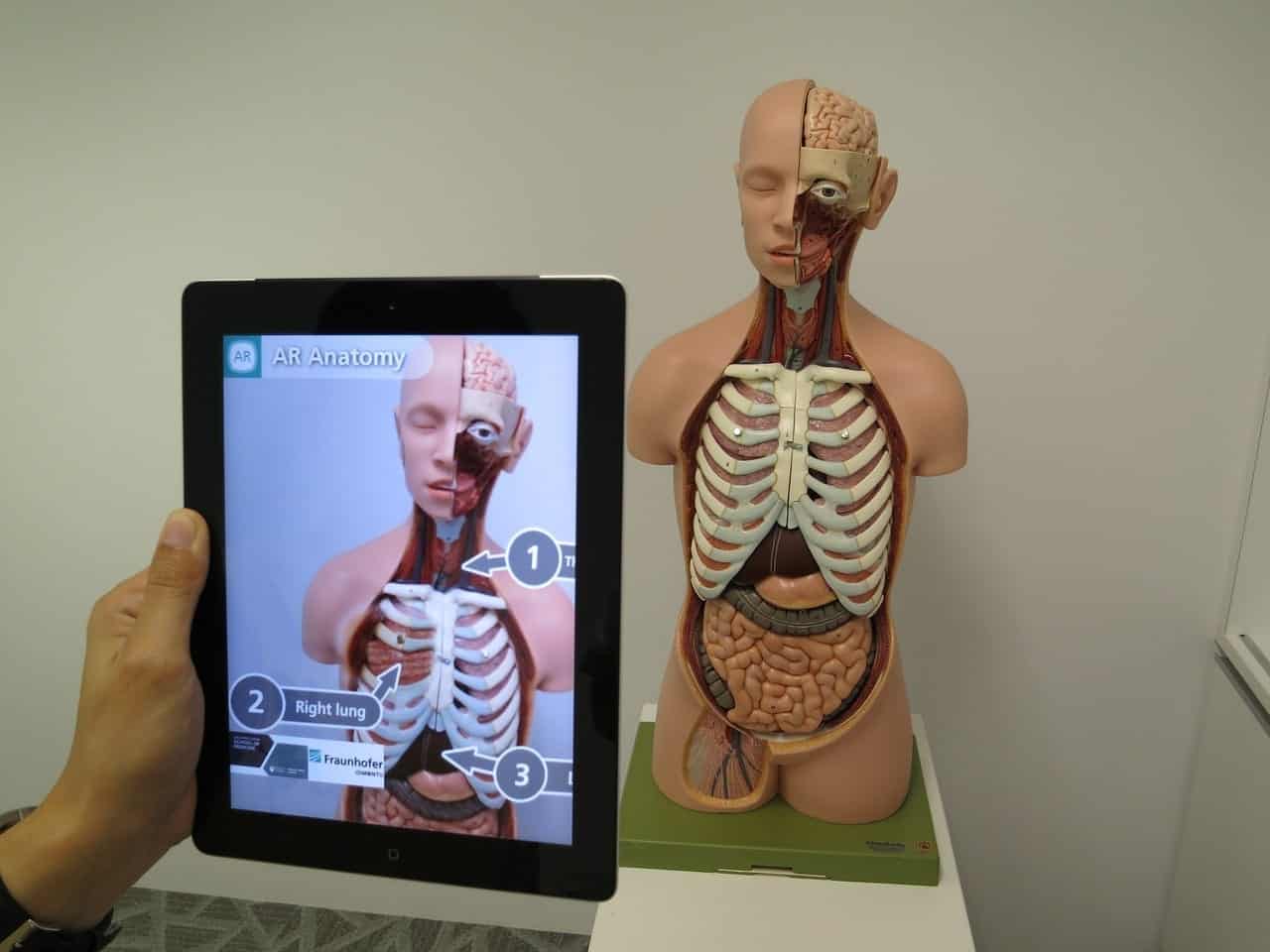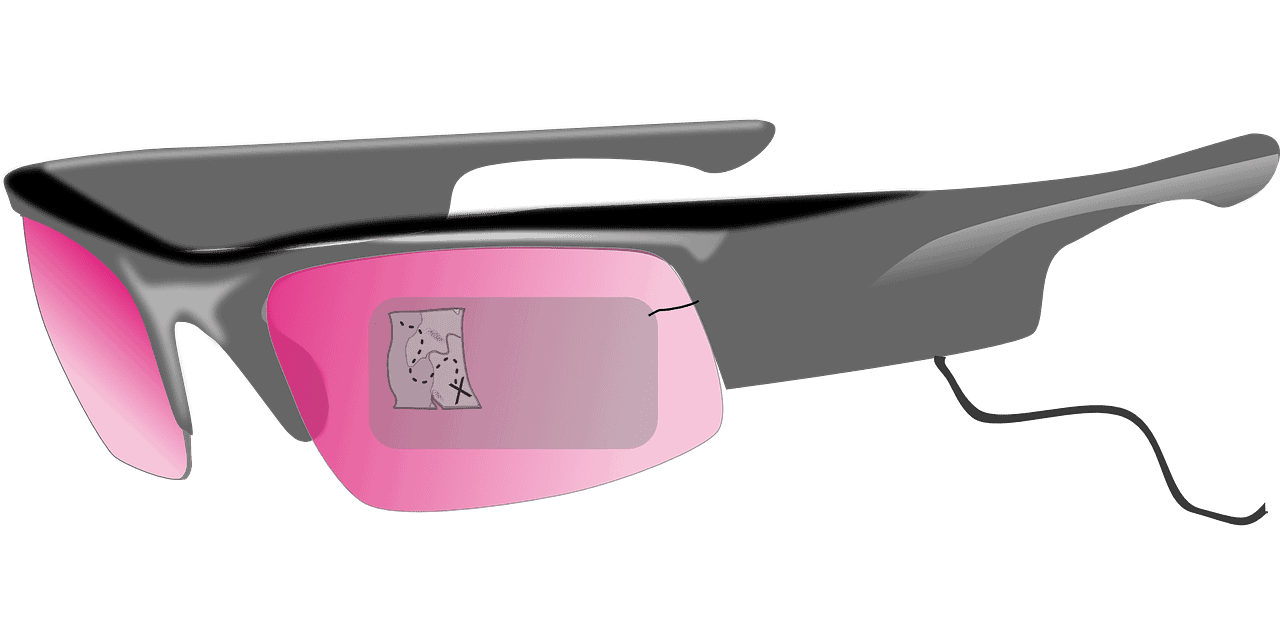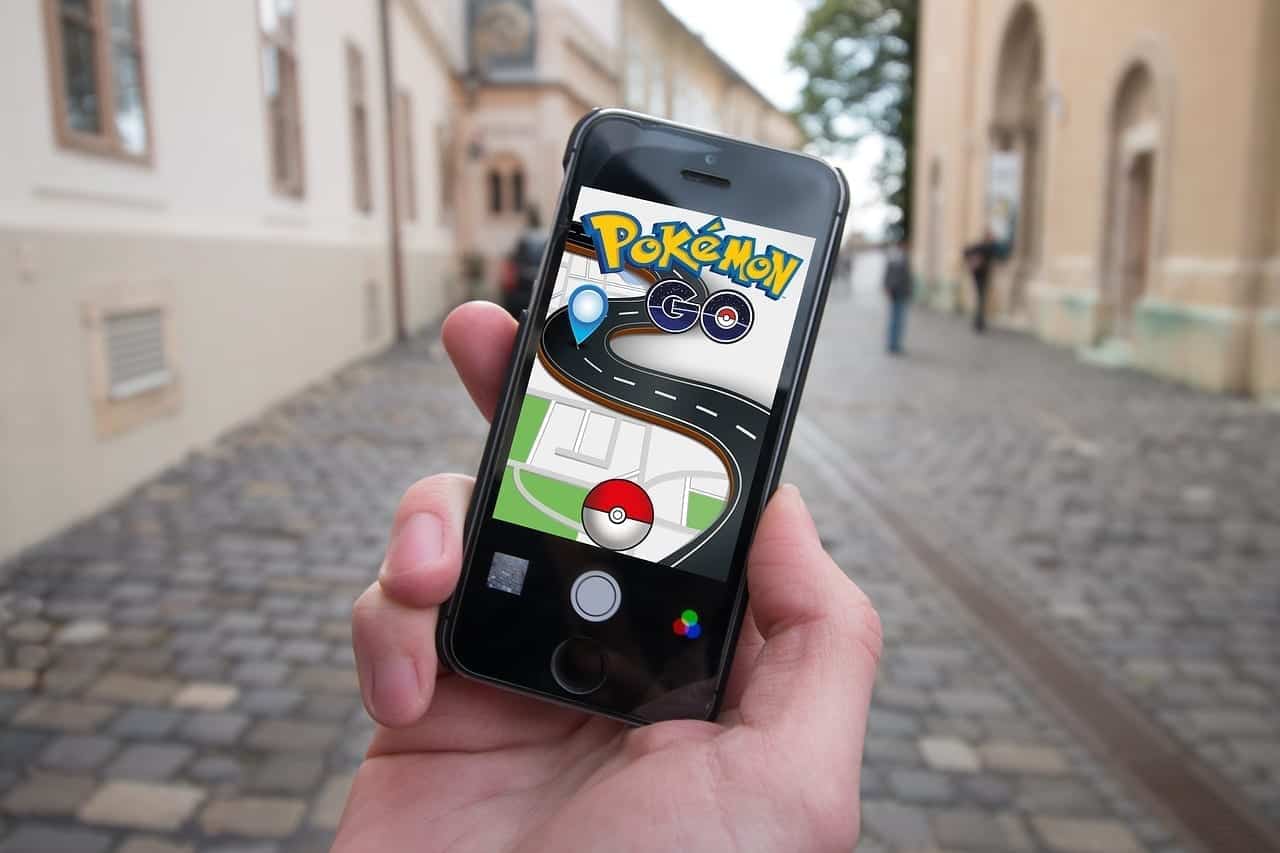Have you caught any Legendaries or shinies lately? Did you get a picture of your catch in the park? Or did Mew escape before you had the chance? If you’re not a Pokémon Go player, you’re probably lost. Let’s try again with football. The superimposed yellow streak that’s marked the first down line on your tv screen since 1998 has something in common with Pokémon Go. Both are modern-day examples of augmented reality.
Isn’t it All Virtual Reality?

So what exactly is augmented reality (AR)? First, let’s talk about what it’s not. You’ve probably heard a lot about virtual reality (VR) in the last couple of years. Both VR and AR are referred to as Mixed Reality. But VR is fully immersive, plunging the user into a world that’s a computer-generated simulation of 3D images. By wearing a headset and maybe gloves, the VR user can interact with this fabricated space. AR, on the other hand, enhances reality. Using physical objects to trigger computer-generated images in the landscape, AR combines the real world with a digital world.
Using AR, a location can be populated with sensory extras that do everything from entertain to inform. Imagine you’re walking down a street in an unfamiliar city. You’d like to get a coffee, but you don’t know the area. If you were in Amsterdam in 2009, you could use Layar as a guide. This app used GPS in conjunction with your phone’s camera to reveal information about Dutch buildings. Pointing your phone at a building could reveal historical facts or even whether the tenant within was hiring.
Equipment
Augmented reality, especially by comparison to virtual reality, is relatively easy to embrace and experience. There are many, many apps using AR that need only a smartphone for activation. You could also use these apps with a tablet or PC, although with less mobility (pun intended).

For a hands-free AR experience, you can try one of the Head-Up Displays, or HUD. These are a class of AR devices that include Google Glass and HoloLens. Maybe HUD will even encompass contacts and virtual retina displays in the future?
Types of AR
Marker based AR is also known as image recognition. This kind of AR uses a camera and a visual marker. The visual marker is typically a QR or 2D code. Taking a picture of this code reveals info on the realted product, service or company.
Markerless AR is GPS, position- or location-based. This application is mostly used for smartphones and map-based queries. Pokémon Go enthusiasts are familiar with this kind of AR.
Projection based AR uses light projected onto real world surfaces. Check out this very cool art project using projection based augmented reality.
Sumperimposition based AR can help you design your living room. Using the IKEA catalogue and your smartphone, place items around the house to see how they’d look. This family chose pieces for the entire space and had a great time doing it!
The personal applications for AR are growing every day. Home design apps aren’t just for furniture, but also for things like paint—change the colour of your house ten times before picking what looks best and making a permanent decision. Employing AR while traveling will highlight landmarks, hotels, restaurants, and activities. Use a selfie filter to give yourself dog ears or encourage your child to brush their teeth. The possibilities are nearly endless.
AR for Business
Augmented reality is becoming more familiar to customers, which makes it more attractive to businesses. AR content demand has enabled platforms like Blippar, Zappar, and Aurasma to rush in and fill the void. Arcane Technologies is a Canadian company that helps businesses with “virtual solutions” and has even sold augmented-reality devices to the US military. Here are a few ways AR can be used for business:
- Make video conferencing immersive. Instead of interacting with a person on-screen, gather your remote team together at a single table. This gives remote workers a “physical” presence.
- Expedite R&D. Surpass a physical prototype and see what works faster without having to build so many iterations.
- Train workers without safety or product risk. An employee can learn to drive a forklift without getting hurt or destroying an entire palette of product.
- Virtual dressing room. A customer can try on watches, glasses or outfits to see how they’d look. This convenience can drive sales. Modiface lets shoppers try on virtual eyeshadows and other cosmetics.
- Sneak Preview. The AMC Cinemas app lets people watch trailers by simply pointing a phone at the poster. Get cast and other information and buy tickets on the go.
The Future of Augmented Reality

As with all fast-growing technology, there are plenty of predictions for what 2019 will bring for augmented reality. We know this much: Facebook, Google, and Apple are all hard at work. Facebook is helping developers create platform-specific apps with its AR Studio. Google is working with camera-enabled tools through Google Lens. Apple is pushing ARKit for programmers to code apps for iPhones. What does all this mean? The line between reality and digital continues to blur. Could the time be approaching when we can point a smartphone at a stranger and pull up their social media profiles? Something to think about.
Conclusion
Augmented Reality is all about engaging with an audience and enhancing their experience. Key West Video uses the same idea to connect with viewers and deliver a client’s message. Video has the unique ability to capture and hold attention. Give us a call today to discuss how video can augment everything from learning to sales.









